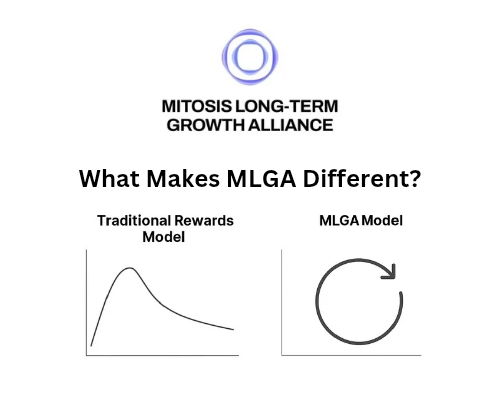What Is a DAO and How Does It Govern a Project?
INTRODUCTION
A DAO, or Decentralized Autonomous Organization, is a type of organization that runs on blockchain technology. It has no central leadership, instead it is governed by rules written in code and by decisions made by its community members through voting.
What Does “Decentralized” Mean Here?
In a traditional company, decisions are made by executives, managers, or a board of directors. In a DAO, decisions are made collectively by token holders or members of the community. There is no CEO. The power is spread out and driven by code and voting.
How Does a DAO Work?
- Smart Contracts:
The DAO is built on smart contracts, which are self-executing programs on a blockchain. These contracts define the rules of the DAO and automatically carry out actions (like releasing funds) once conditions are met. - Governance Tokens:
Members of the DAO hold governance tokens, which give them voting power. The more tokens you have, the more weight your vote carries. - Proposal System:
Any token holder can usually propose a change or improvement to the project. For example:
~Changing the fee structure
~Allocating treasury funds to a new feature
~Partnering with another protocol
- Voting:
Token holders vote on proposals using their governance tokens. If a proposal gets enough votes, it’s automatically approved and executed by the smart contract or development team.
What Kinds of Decisions Does a DAO Make?
DAOs can vote on:
- How to use project funds or treasury
- Product development priorities
- Integrations with other apps or chains
- Marketing or community grants
- Protocol upgrades
- Changes in reward or fee structures
Why DAOs Matter In Web3
DAOs remove centralized control. This makes them:
- Transparent: Everyone can see what proposals are being made and how votes are cast.
- Community-driven: The people who use or invest in the protocol help shape its future.
- Resistant to censorship: No single person or company can shut it down.
Real-World Example: A DAO Governing a DeFi Project
Let’s say there’s a lending protocol that wants to:
- Change interest rates
- Fund a bug bounty
- Expand to a new chain
Instead of a small team deciding this, the DAO members vote:
- If a majority approves the proposal, it’s implemented.
- Funds are moved from the treasury if needed.
- Everyone can track what happened on-chain.
Challenges of DAOs
While powerful, DAOs also face issues:
- Low voter turnout: Many token holders don’t vote.
- Whale dominance: A few large holders can control outcomes.
- Proposal spam: Too many proposals can overwhelm the process.
These are being improved with better design tools, voting systems, and delegation.
Conclusion
A DAO is like an internet-native organization without a boss. It uses blockchain to give power back to the users, letting them vote, shape, and grow a project collectively. In DeFi, gaming, NFTs, and beyond,
DAOs are becoming the backbone of how open protocols evolve.

Comments ()